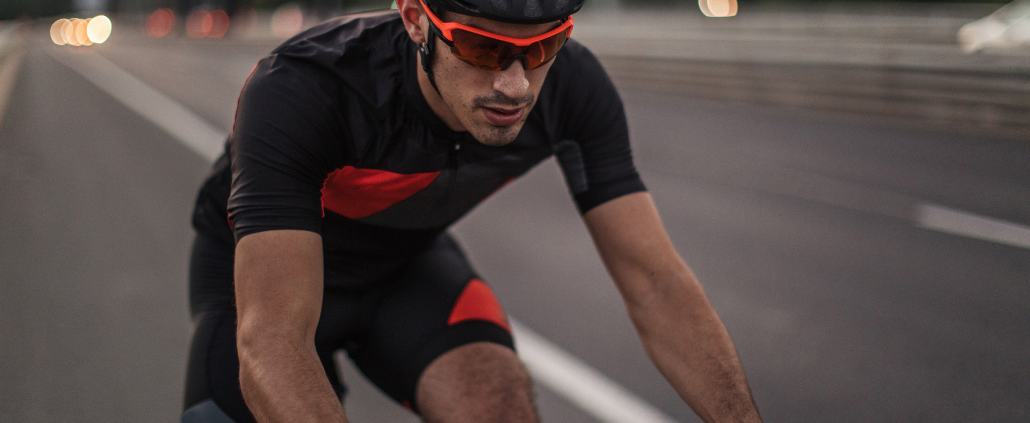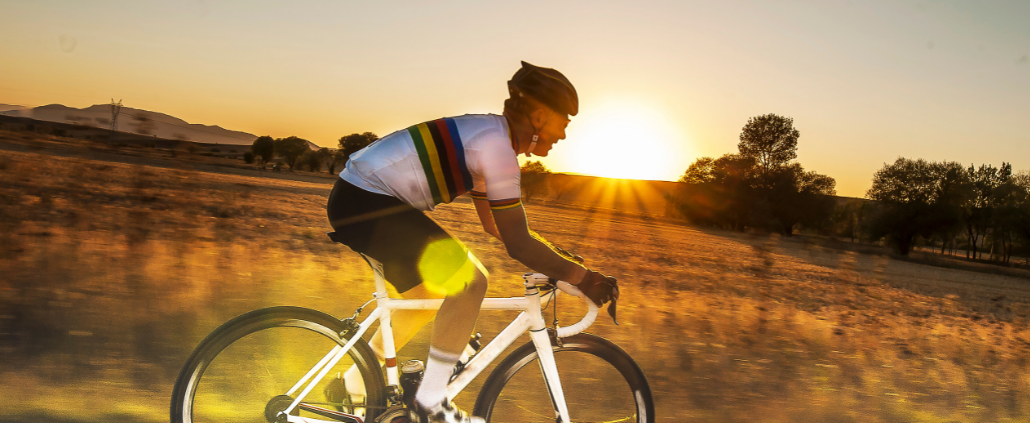Do you need all your gadgets? The relationship between RPE and other training load metrics
In a recent study scientists compared the efficacy of an athlete’s rating of perceived exertion (RPE) vs. standard training load measures captured by our various gadgets like HR (measured with LuTRIMP), power (measured in kj spent) and training stress (measured in TSS) over a 4 year period from 21 professional cyclists with the Germany-based Team Sunweb. After analyzing 11,655 training sessions, time trials, and road races (which included multi-day stage races like the Tour de France) they found that there was an almost perfect correlation between RPE and these other measures. So RPE is in fact, a gadget-free way to accurately measure your physical load during training.

Remember they said “almost perfect”…. The study also found that during competition RPE tends to degrade and become less accurate. Scientists found that in road races both RPE and heart rate tend to be less accurate measures vs power and training stress citing that:
“…accumulating physical or mental fatigue makes this relationship weaker during road races. “
Essentially, even with highly trained professional athletes, their perception of effort becomes compromised with increased mental fatigue. So if the mind is incorrectly perceiving the limits of the body imagine what would happen if we could more accurately understand just how far our body can go? This is pretty interesting and aligns well to the science behind the Rewire system which is based on mental fatigue training designed to make you more mentally tough and to reduce the perception of effort during competition.
Take Aways…
- Regularly use RPE in training
- Remember your RPE may be much less accurate in competition
- Incorporate mental fatigue training into your program
For more info check out this study:
“Relationship Between Various Training Load Measures in Elite Cyclists during Training, Road Races and Time Trials” by van Erp T, Foster C, de Koning JJ International Journal of Sports Physiology and Performance © 2018 Human Kinetics, Inc.
Join Our Community!





